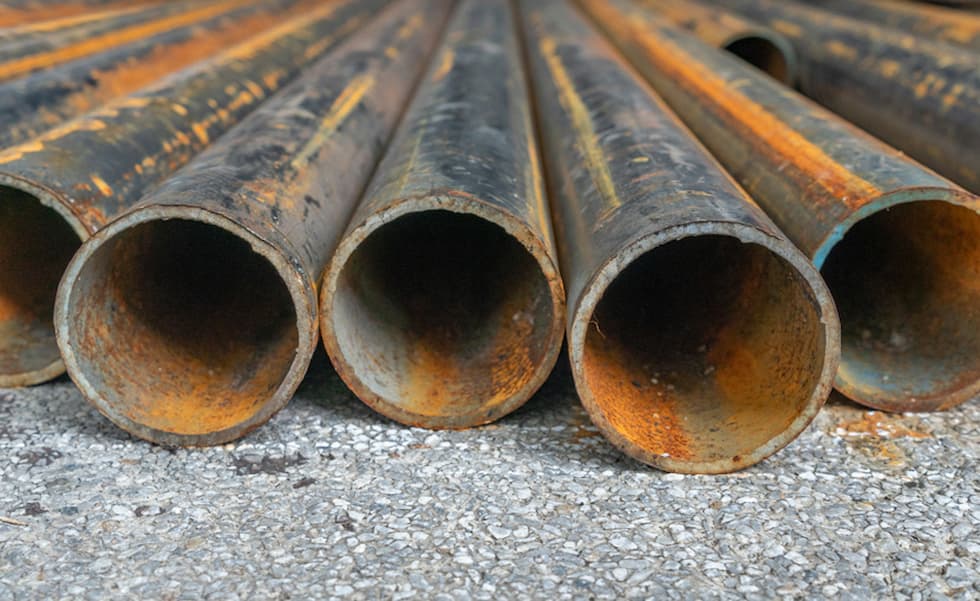
On Nov. 5, 2021, President Joe Biden signed the Infrastructure Investment and Jobs Act (IIJA) into law. The IIJA allocated $1.2 trillion for infrastructure in the United States, including $55 billion for water pipe upgrades, investments in clean drinking water and water recycling programs. This is, to date, the largest investment made in water infrastructure by the federal government.
Alongside wastewater, infrastructure resilience and other environmental allocations, according to the Chamber of Commerce, the bill’s $55 billion water infrastructure provisions include:
- $50 million annually for the Water Infrastructure Finance and Innovation Act programs from 2022 to 2026
- $15.7 billion for the Drinking Water State Revolving Funds (DWSRFs)
- $15 billion for lead service line replacement
- $4 billion in grants for DWSRFs to address emerging contaminants, including per- and polyfluoroalkyl substances (PFAS)
- $5 billion to deal with emerging contaminants in economically distressed communities
- $8.3 billion for Western water infrastructure, including water reuse projects
There is also a line item for the establishment of regional technical assistance hubs in regions with a large concentration of lead service lines. The hubs are meant to help local communities develop service line inventories and model contracts for removal projects.
One of the main tenets of the bill is the replacement of lead pipes nationwide, as part of the Biden-Harris Lead Pipe and Paint Action Plan. According to the White House, “up to 10 million households and 400,000 schools and child care centers are served by a lead service line or pipes and other fixtures. Approximately 24 million housing units have significant lead-based paint hazards, of which 4 million of these are home to young children.” According to the U.S. Environmental Protection Agency’s (EPA) 2021 Economic Analysis, benefits of lead service line replacement can include increases in lifetime earnings, avoided intelligence quotient (IQ) loss in children, as well as reduced risks of cardiovascular disease, kidney disease and other adverse effects.
Since the law was just signed in November, and the wheels of federal government turn slowly, it is still too soon to know what this widespread replacement will look like in the coming years. However, applications for grants from local DWSRFs are now open in many areas.
While past water infrastructure funding has gone solely toward building dams, aqueducts, irrigation systems and river and port transportation systems, according to the Pacific Institute, this new bill also focuses on more modern priorities focused in nature-based solutions. These include ecosystem restoration, water efficiency, water reuse, flood and drought programs and dam safety, which all go toward “a longer-term water resilience view.”
In a letter to governors, Michael S. Regan, administrator of the EPA, instructed states to prioritize the safe drinking water efforts in disadvantaged communities and those disproportionately affected by lead. He also expressed his and the EPA’s support for all water infrastructure investments across the country. “The EPA will be with you every step of the way. In the coming months, the Office of Water will work with you to identify the tools, resources and targeted technical assistance that will best support states in achieving these goals,” Regan said. “We stand ready to work with your state to ensure an effective, efficient and equitable implementation of the Bipartisan Infrastructure Law.”
One such example of the work that needs to be done is in New York. Newburgh, New York, has about 2,500 service connections that need to be replaced. In New York City and its suburbs, officials are hoping federal money will be used to improve sewers, many of which are a century or more old, as well as accelerate progress on the St. Albans, Queens, pumping station. According to the EPA, New York state has been allotted $428 million over five years, in addition to annual SRF appropriations to improve projects like these and more.
California’s allotment of funds was $600 million, according to the EPA. “Shoring up our water resilience,” said California Governor Gavin Newsom, “especially in small and disadvantaged communities, is imperative to safeguarding the future of our state in face of devastating climate change impacts that are intensifying drought conditions and threatening our communities, the economy and the environment.”

